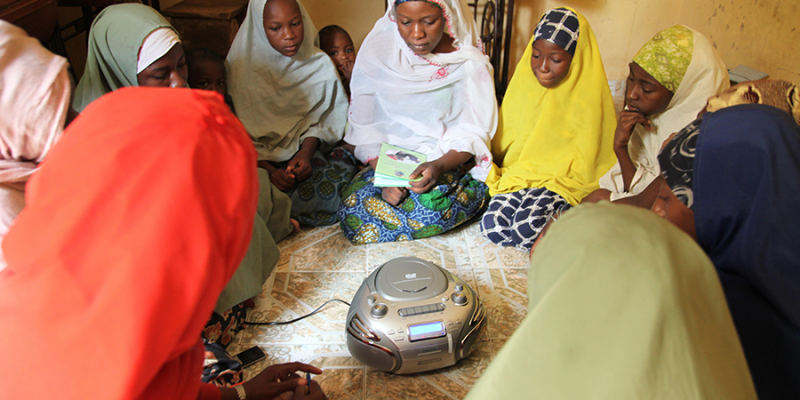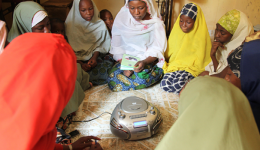The use of ICT and new media shows huge potential in increasing demand and utilization of the commodities. However, there is limited evidence of e- and m-health interventions from low-resource settings. While SMS reminders are a common intervention, there is less known about what other interventions have been, or are currently, being implemented, what their challenges and successes have been, and what (preliminary) results they have shown. Furthermore, there has been a call for mHealth interventions to be guided by behavior change theory yet limited literature exists to document projects that have explicitly used these theories. There is a need to capture and disseminate evidence being generated in programs that is not reported in the literature.


